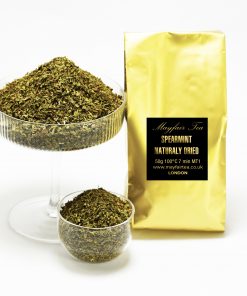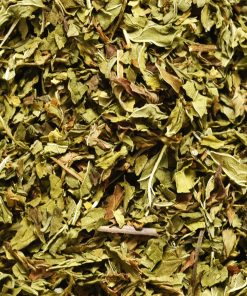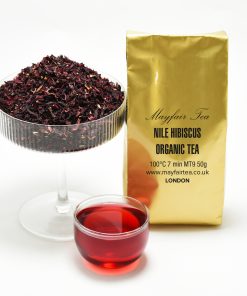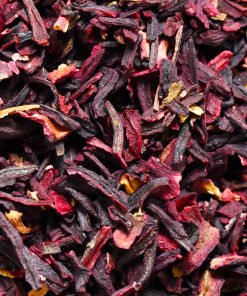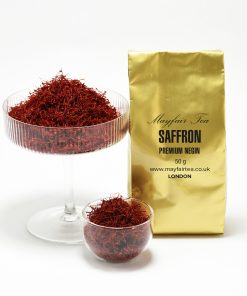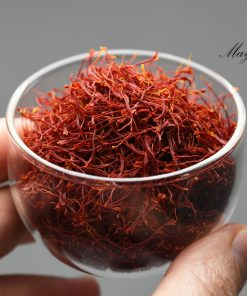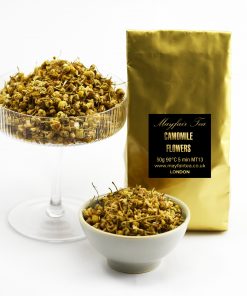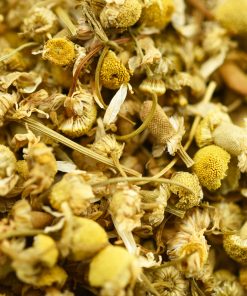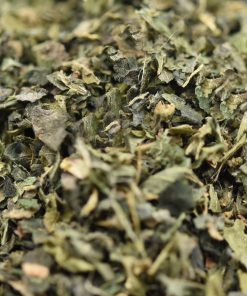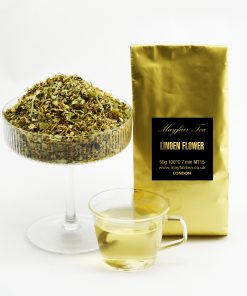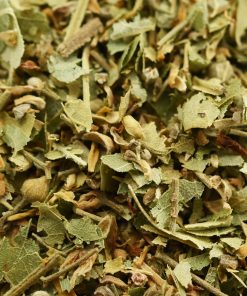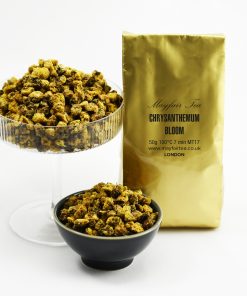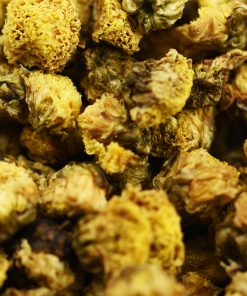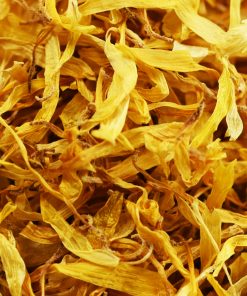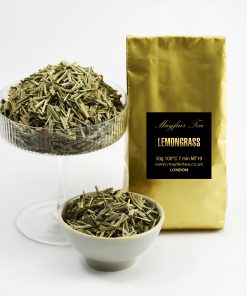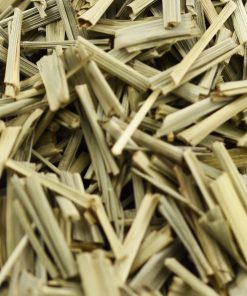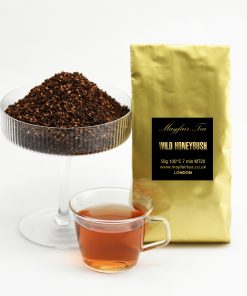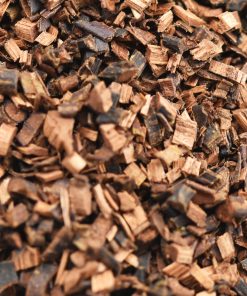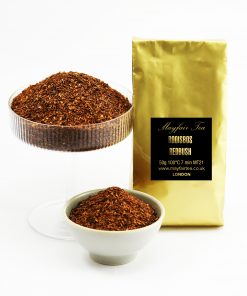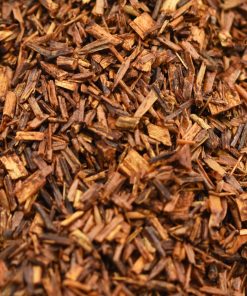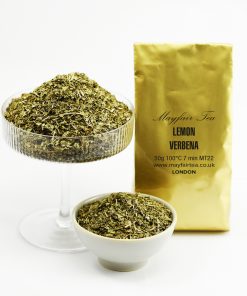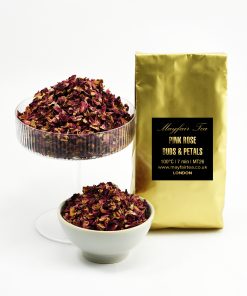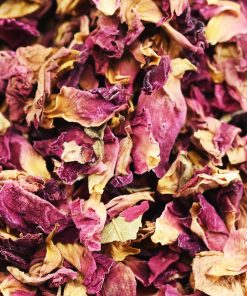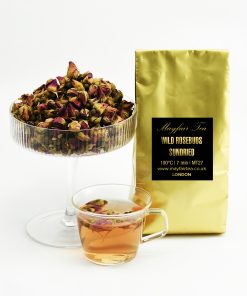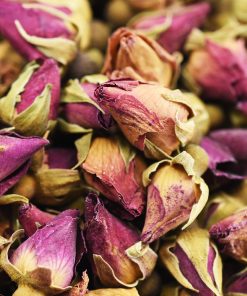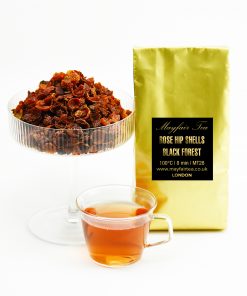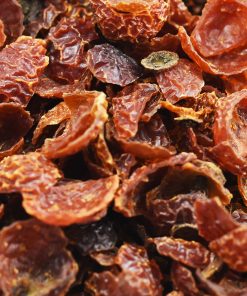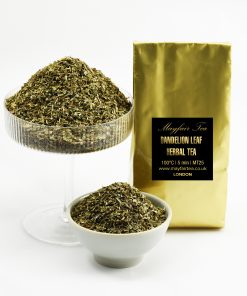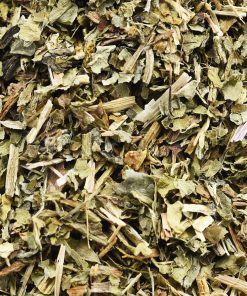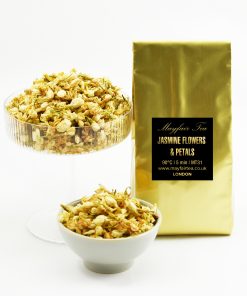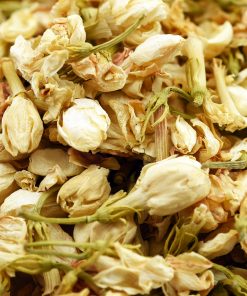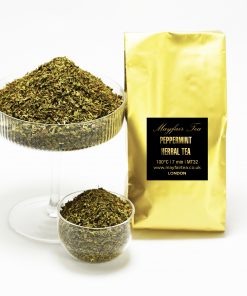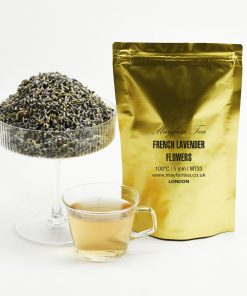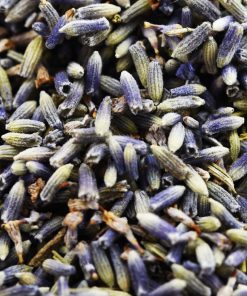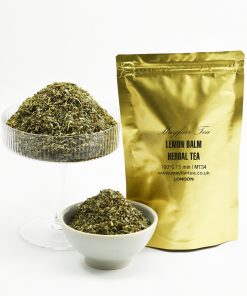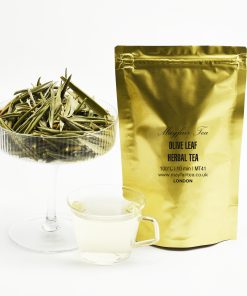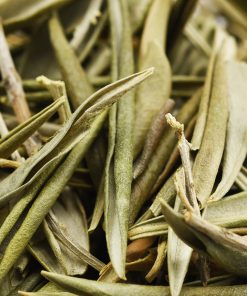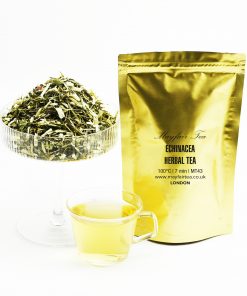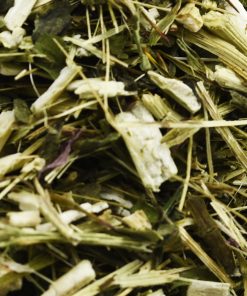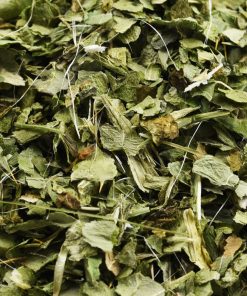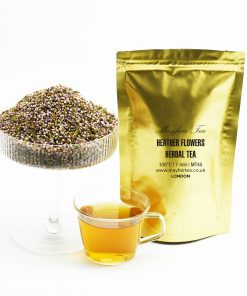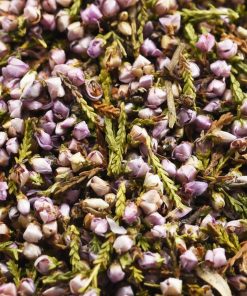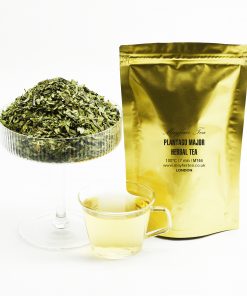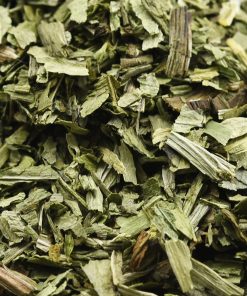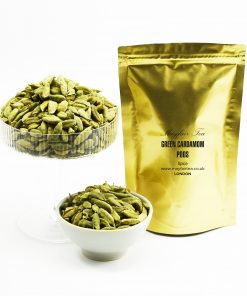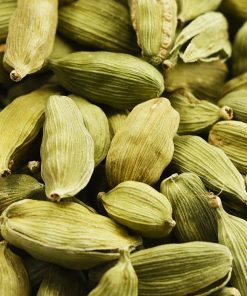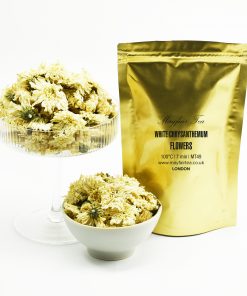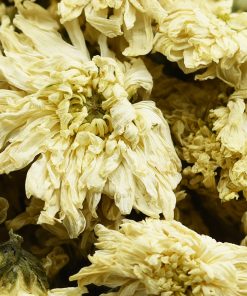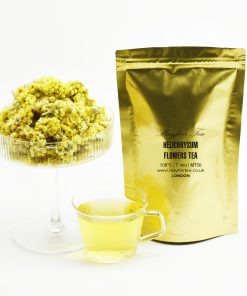Botanicals, History, Ingredient, Tea
Hibiscus Tea and Goddess Kali
The tea made of the calyces of Hibiscus sabdariffa is known by many names in many countries around the world and is served both hot and cold. The beverage is well known for its red colour, tartness and unique flavour. Additionally, it is highly nutritious because of its vitamin C content.
It is known as bissap in West Africa, “Gul e Khatmi” in Urdu & Persian, agua de jamaica in Mexico and Central America (the flower being flor de jamaica) and Orhul in India. Some refer to it as roselle, a common name for the hibiscus flower. In Jamaica, Trinidad and many other islands in the Caribbean, the drink is known as sorrel (Hibiscus sabdariffa; not to be confused with Rumex acetosa, a species sharing the common name sorrel). In Ghana, the drink is known as soobolo in one of the local languages.
In Cambodia, a cold beverage can be prepared by first steeping the petals in hot water until the colors are leached from the petals, then adding lime juice (which turns the beverage from dark brown/red to a bright red), sweeteners (sugar/honey) and finally cold water/ice cubes.
In the Arab world, hibiscus tea is known as karkadé (كركديه), and is served as both a hot and a cold drink.
The red hibiscus is the flower of the Hindu goddess Kali, and appears frequently in depictions of her in the art of Bengal, India, often with the goddess and the flower merging in form. The hibiscus is used as an offering to goddess Kali and Lord Ganesha in Hindu worship.
Dried hibiscus is edible, and it is often a delicacy in Mexico. It can also be candied and used as a garnish, usually for desserts.
Mayfair Tea offers traditional red hibiscus tea leaves harvested from organic farms free from pesticides and herbicides.
Antioxidants
Antioxidants
Antioxidants
Antioxidants
Antioxidants
Antioxidants
Antioxidants
Antioxidants
Antioxidants
Antioxidants
Antioxidants


